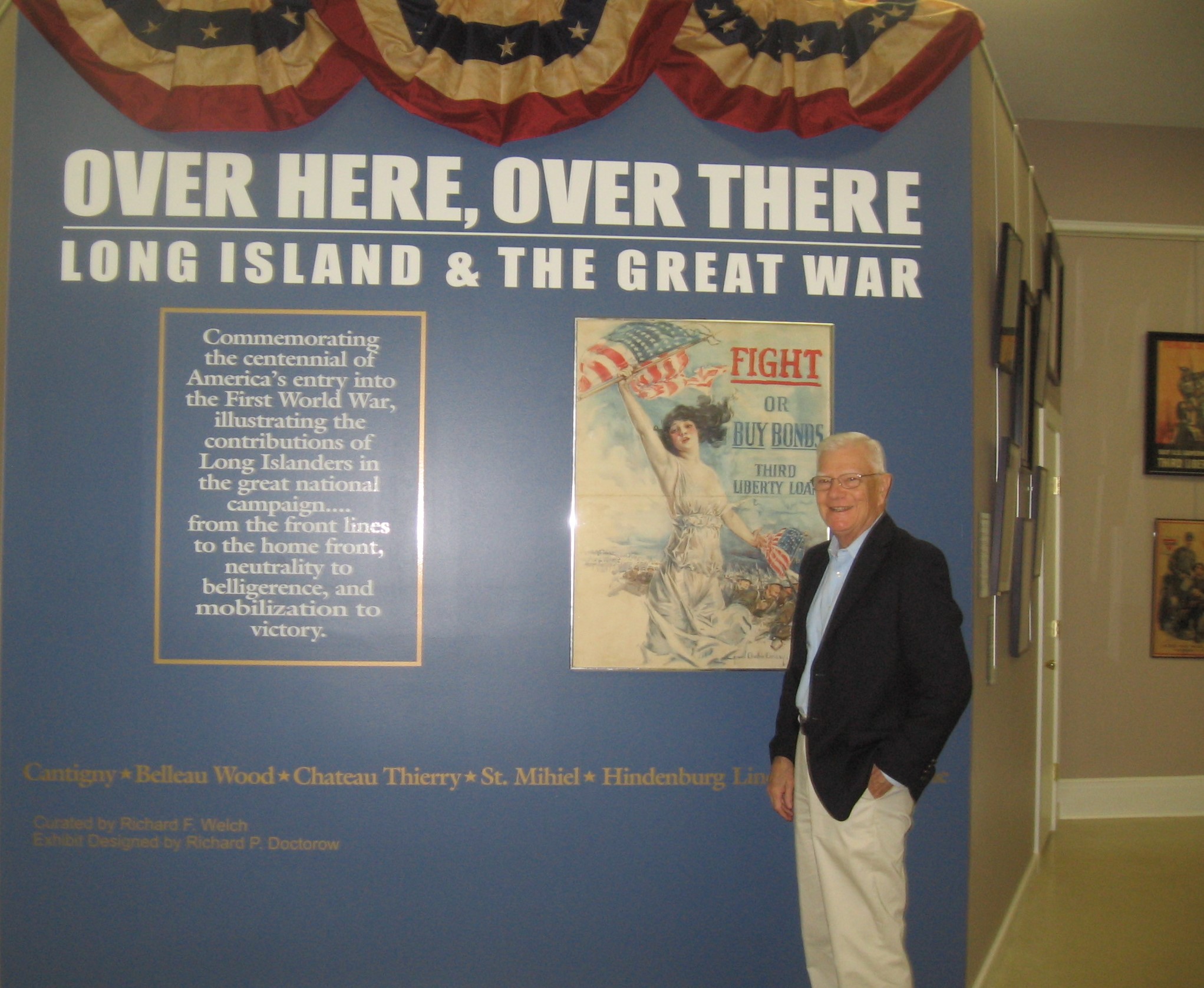Long Island played a major part in the United States victory in World War I, and Great Neck played a key role in Long Island’s war effort.
The Great Neck Historical Society will look at how the region helped the war effort on the 100th anniversary of the armistice that ended fighting at a special program titled “Over Here, Over There: Long Island and The Great War.”
The program, free and open to the community, will be held at Great Neck House on Tuesday, Nov. 13—the day after Veteran’s Day— at 7:30 p.m.
Richard F. Welch, the featured speaker, is the author of a new book, “Long Island and World War I,” as well as numerous articles and reviews and five additional books. He received his doctorate in history from Stony Brook University and taught American, military and Irish history at Long Island University and Farmingdale State College. He also served as the editor of the Long Island Forum from 1991-2014 and as a contributing editor of the Journal of Long Island History.
According to Welch, The Great War, later known as The World War and then World War I, “was one of the most transformative events in world history. Once the United Stated entered the war in April of 1917, Long Islanders enthusiastically played their part in the national war effort.”
As hundreds of young men from Nassau and Suffolk Counties entered the armed forces, existing military facilities such as Camp Mills and Hazelhurst Field in Mineola were expanded, while Camp Upton, a massive training center, was created almost overnight from the East End pine barrens. Long Islanders supported the war through patriotic rallies, subscriptions to Liberty and Victory Loan drives, and established “soldiers’ clubs,” recreational and social centers for troops from area villages and hamlets.
While Long Island factories turned out torpedoes, freighters and clothing, the Island’s vibrant agricultural sector contributed to national and global demand for food. Meanwhile, Long Islanders in the fighting services saw action in the ferocious fighting in France which led to victory and the armistice in November of 1918.
For further information about the program and other Historical Society activities, visit www.GreatNeckHistorical.org or call (516) 288-6124.



